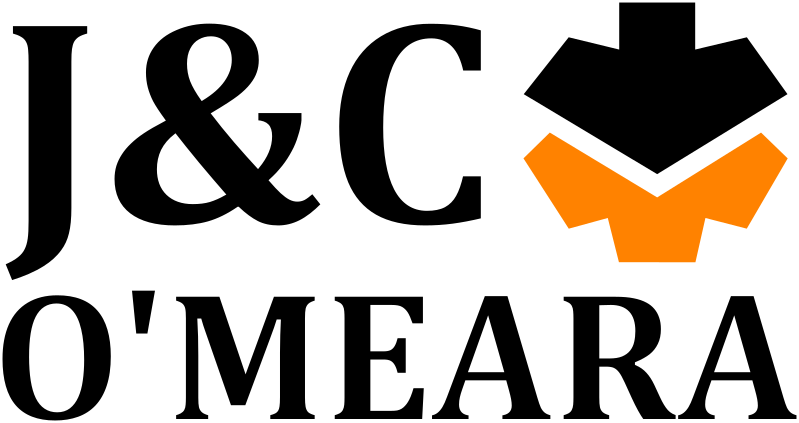Understanding the Differences Between Planers and Thicknessers
- John Shepperd

- May 12, 2025
- 3 min read

Introduction
In woodworking, the terms planer and thicknesser can sometimes cause confusion, especially since different regions use different names. In the UK, a surface planer (also simply called a planer or jointer) is the machine used to flatten one face and one edge of a board. A thicknesser (often called a thickness planer elsewhere) is used to plane the opposite face of a board to a uniform thickness. Understanding the distinct roles of planers vs thicknessers is crucial for setting up an efficient workshop. In this post, we clarify the differences between these machines and why many woodworking businesses invest in both or choose a combination machine.
Surface Planer (Jointer): A surface planer’s primary job is to create a flat reference face and a straight, square edge on timber. It has an exposed rotating cutterblock set into a flat table, with an adjustable fence for the edge planing. You pass rough-sawn boards over the cutter, shaving off high spots until one face is perfectly flat. Then you plane one edge at 90° to that face. This gives you two straight, smooth surfaces to reference from. For example, a dedicated surface planer like the Sedgwick MB or a heavy-duty Houfek SR series can true up large boards with ease, thanks to long bed lengths and sturdy cast iron construction. After using a surface planer, the board is ready for the thicknesser to finish the job.
Thicknesser (Thickness Planer): The thicknesser’s role is to make the second face of the board parallel to the first and to achieve a specific thickness. In a thicknesser, the cutting knives are mounted in a cutterhead above the table. The planer pulls the board through under the cutter, shaving the top face. Because the bottom face rides on the table (which is set to a chosen height), the machine ensures the top face comes out parallel to it. Thicknessers are ideal for processing multiple boards to the same thickness quickly. A machine like the Sedgwick CP 16" thicknesser, for instance, can take rough boards (after one side is flattened) and plane them uniformly, handling heavy cuts with a powerful motor. Thicknessers often have features like multiple feed speeds and anti-snipe pressure bars to improve finish quality on the final pass.
Planer Thicknesser Combination Machines: For many small workshops, a combined planer/thicknesser offers the best of both worlds. These versatile machines perform both surfacing and thicknessing in one compact unit. You flatten the stock on the top tables as a surface planer, then flip the tables up to run the wood through the thicknesser underneath. Combination units save space and cost while still delivering the functions of two machines. For example, the Charnwood W590 12" × 9" is a planer thicknesser that allows a small joinery shop to joint and thickness timber without needing separate dedicated machines. The trade-off is that you can only use one function at a time and may need to adjust settings when switching modes, but for many businesses this is a worthwhile compromise for the space saved.
Key Differences and Choosing What You Need: In summary, the planer vs thicknesser question comes down to function: one flattens and squares, the other ensures uniform thickness. Most professional woodworking operations will use both – either as separate units or a single combination machine – because each step is necessary for properly milled lumber. If you skip the surface planer stage, your thicknesser would simply copy any warp or twist from one side to the other. Conversely, a surface planer alone cannot thickness a board to a precise measurement. When equipping your workshop, consider the volume and size of timber you process. High-throughput factories might invest in industrial standalone machines (e.g. an extensive surface planer and an automatic thicknesser) for continuous use. Smaller companies often start with a planer/thicknesser combo to maximize capability in a compact footprint.
Conclusion
Knowing the difference between planers and thicknessers helps you purchase the right equipment and sequence your work correctly. If you’re still unsure which setup is best for you – separate planers and thicknessers or a combined machine – the team at J&C O’Meara can help. We supply a range of surface planers, thicknessing machines, and efficient combination units to suit all scales of woodworking business. With decades of experience, we provide impartial advice on machinery selection and offer reliable after-sales support.
Contact J&C O’Meara to discuss your workshop needs, and we’ll ensure you get the perfect planing solution to achieve flat, square and accurately dimensioned timber every time.



